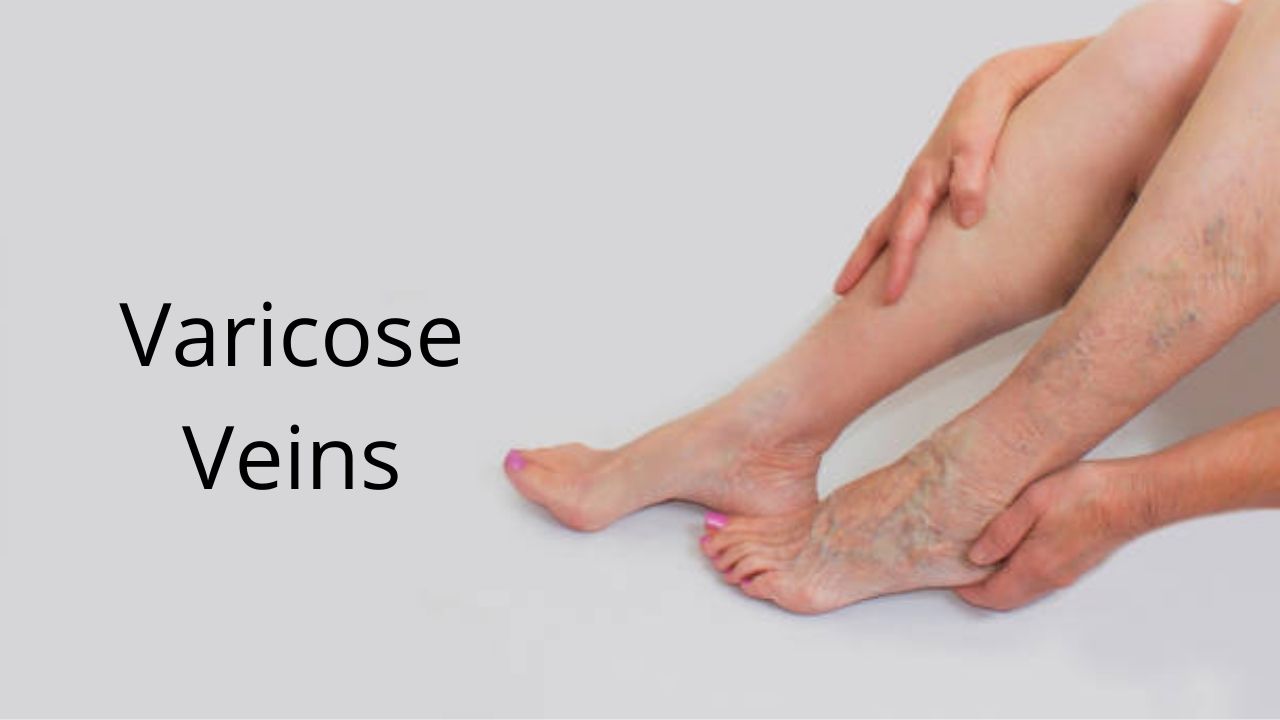What are varicose veins?
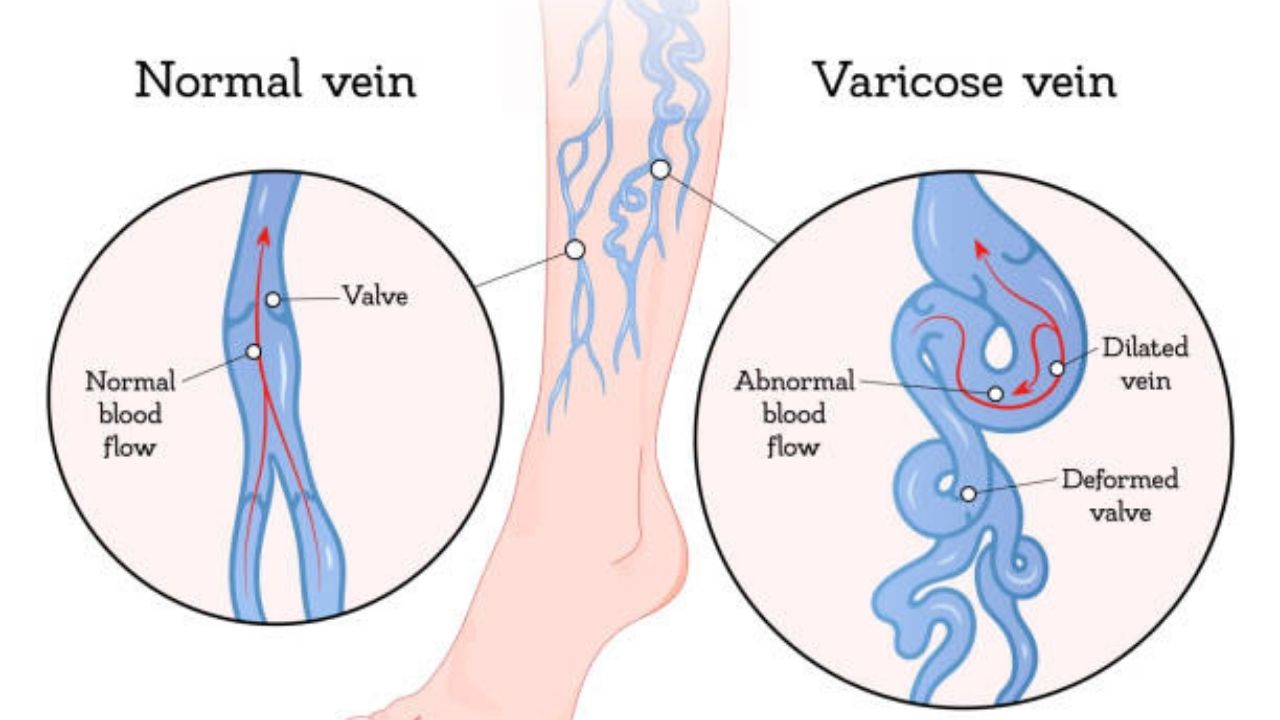
Varicose veins are one of the most common human diseases worldwide. Venous diseases are included in the list of diseases of civilization today. Thus, varicose veins occur in 35% of women and 20% of men (data from the World Health Organization). In our country, more than 38 million people are officially registered with various forms of varicose veins. What will be the figure if officially unregistered cases are added to it?
To date, modern methods of treatment have stepped far forward, and now the treatment of varicose diseases in most cases is non-surgical, painless methods. There are several modern methods of treating varicose veins, which we will discuss in detail in this article.
What are the causes of varicose veins and is it possible to avoid such a common disease?
Causes of varicose veins
Blood circulates continuously in the human body, the heart, veins and arteries take a direct and constant part in this movement. Through the arteries, blood moves from top to bottom, through veins, on the contrary, from bottom to top, to the heart. Upward, the blood moves in jerks, fixing in places where the valves are located, and the valves, in turn, prevent the blood from returning back down. Thus, the blood moves freely from one valve to another.
This movement of blood is carried out with the correct and full work of the muscles of the lower extremities. But if the valve does not contract enough, then part of the blood returns down, which leads to an increase in venous pressure and subsequent expansion of the veins. The result is stagnation of blood in the veins.
What could be causing the valves to malfunction?
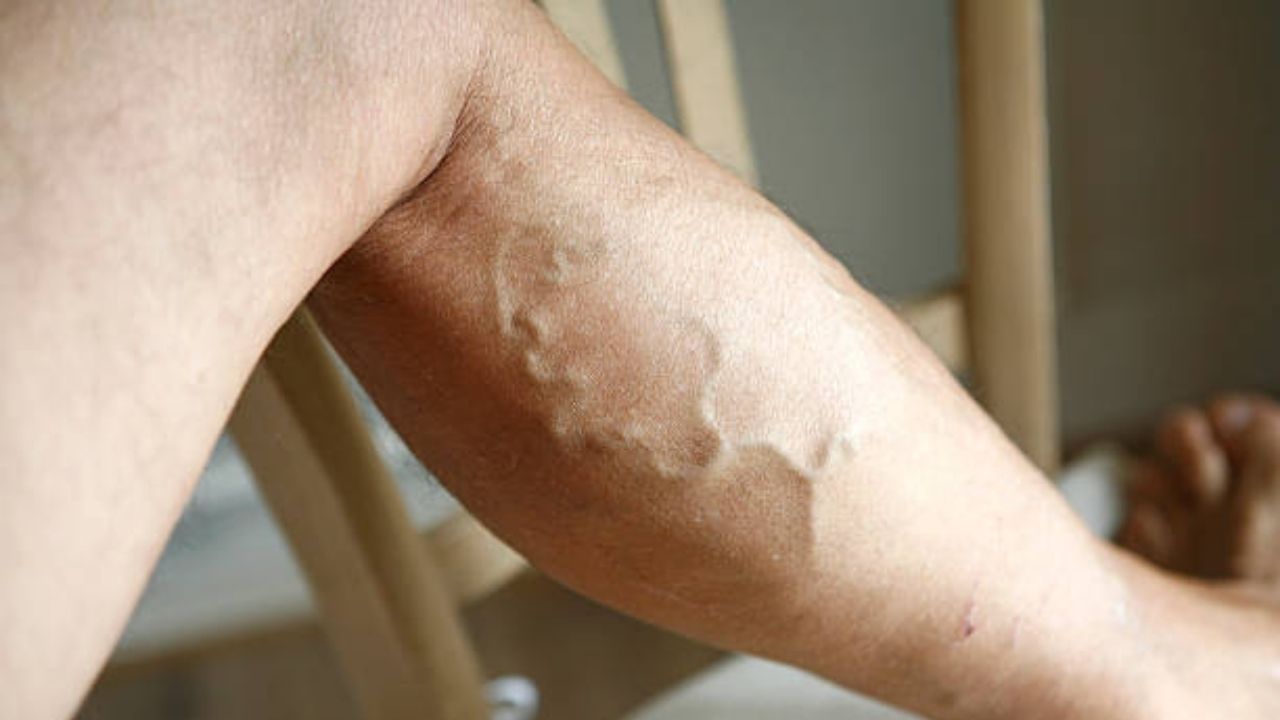
Causes can be both external factors and genetic disposition. The veins contract with the help of the muscles located around. If a person has a sedentary lifestyle or work that involves a constant sitting position, such as driving a car or office work, then the muscles become inactive and weak, which leads to impaired blood circulation and, accordingly, to venous diseases.
External factors and causes of varicose veins can be:
- Excess weight
- Pregnancy
- Taking hormonal drugs
- Menopause
- Load on the lower limbs
- Sedentary lifestyle
- Work that involves a constant presence in a sitting position (driving a car, working in an office)
- Work involving constant standing in a standing position without the possibility of rest and change of body position (surgeons, teachers, salesmen)
- Frequent wearing of high heels
- Wearing tight underwear
- Frequent carrying of heavy bags
- Chronic digestive disorders (constipation)
- Various concomitant chronic diseases (diabetes, diseases of the cardiovascular system, kidney disease)
Symptoms and manifestations of varicose veins
With varicose veins of the lower extremities, the veins increase in size, but this does not become noticeable immediately. Visible signs of varicose veins of the lower extremities appear much later than the onset of the disease.
Therefore, you need to be especially attentive to the health of the veins for those people who have been diagnosed with cases of varicose veins in a close family environment. Even if there are no visible symptoms, it is better to consult a doctor and exclude the possible development of varicose veins.
If the body has a gene that is responsible for diseases of the veins of the lower extremities, varicose veins can manifest themselves at any age. Therefore, preventive measures for patients genetically disposed to varicose veins are the norm in modern medicine.
If there is a genetic predisposition to varicose veins, if the lifestyle is inactive, if there are hormonal changes in the body, such as taking drugs, pregnancy or menopause, it is necessary to know the symptoms of varicose veins.
Initial symptoms of varicose veins :
- Feeling of heaviness of the lower extremities
- Feeling of fullness in the lower extremities
- High fatigue while walking
- Light convulsions
- The appearance of a visible venous pattern
- The appearance of protruding veins and nodes.
The initial symptoms of varicose veins appear after exertion and a long birth in a standing position. Painless venous asterisks and meshes begin to appear on the lower extremities. Already at this stage, it is necessary to take measures and begin treatment, because further varicose veins will only develop. With further progression, symptoms of chronic venous insufficiency appear.
Initial signs of chronic venous insufficiency :
- Permanent non-passing swelling of the lower extremities (first appears on the feet, ankles, then appears higher)
- The appearance of pigmentation, dryness of the skin of the lower extremities (appears due to malnutrition of the skin due to venous stasis)
- Appear venous eczema and venous erysipelas
- Ulcers appear (as a rule, they form in the lower third of the lower leg).
Thrombophlebitis is a complication that can also develop with the initial manifestations of varicose veins, when congestion in the veins is formed; congestion is one of the main conditions for the development of thrombophlebitis.
At such stages of development of varicose veins, the disease is accompanied by high fatigue, the patient has severe shortness of breath and frequent heartbeat.
The clinical manifestations of chronic venous insufficiency also include :
- Swelling and eczema
If timely treatment is not provided, the disease develops, causing all sorts of complications. So, with varicose veins, blood circulation is disturbed, it accumulates in the vessels, which causes intravenous pressure and, as a result, edema and varicose eczema appear.
Edema, in turn, causes further complications, such as inflammation of the skin and unpleasant itching.
- Inflammation of the skin of the lower extremities
If the accumulated blood remains in the vessels for a long time, the accumulation sites become inflamed, where the affected vessels are located, dark pigment spots appear, the skin becomes dense and rough. Further, inflammation becomes chronic and leads to white atrophy – painful white scars.
- Trophic ulcers
Trophic (venous) ulcers are formed in the veins due to impaired blood circulation. Trophic ulcers require mandatory treatment, because. they don’t heal on their own. Blood circulation is disturbed, the blood does not deliver the substances necessary for healing, and microbes in the affected area begin to multiply – ulcers increase in size and become inflamed.
It is better to consult a doctor at the initial stages of varicose veins, you should not wait until the varicose veins manifest themselves in full. At the appointment, you can get detailed information about the current state of the venous vessels – whether the valves work correctly, what is the condition of the walls of the vessels, whether there are blood clots, etc. It is necessary to undergo a preventive reception in order to exclude all possible symptoms and prerequisites for the development of varicose veins.
Diagnosis of varicose veins
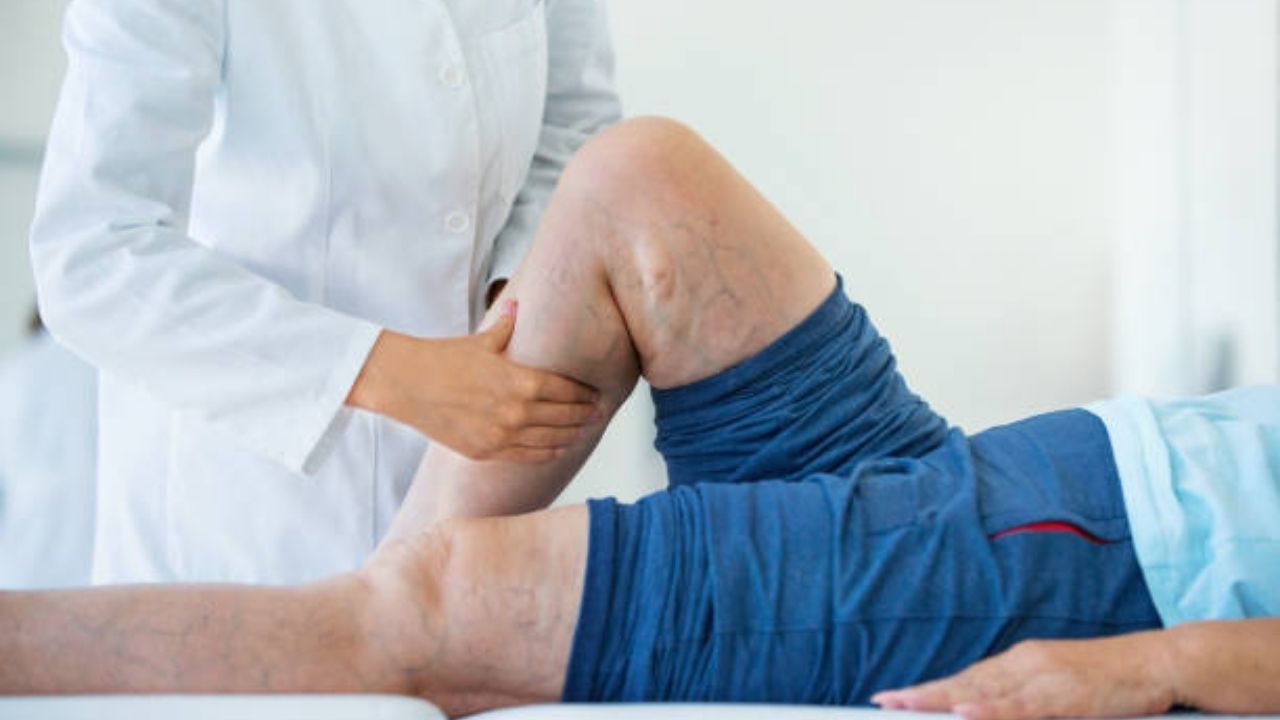
At the appointment, the phlebologist conducts a visual examination of the patient. An experienced specialist recognizes varicose veins at the very initial stages.
During the diagnostic actions, the doctor establishes or excludes the presence of varicose veins, then he determines the nosological variant of chronic vein disease and determines the treatment strategies. It is at the stage of determining the treatment strategy that the doctor decides which methods are suitable for the correction of varicose veins of the extremities – is it possible to limit oneself to conservative non-surgical methods, or only surgical methods of treating varicose veins are possible.
Next, the tactics of treatment are determined – is it possible to treat with one method or is a combination of several methods better suited for the treatment of varicose veins. At the final stage, the doctor objectively evaluates the effectiveness of medical manipulations.
Methods for diagnosing varicose veins of the lower extremities :
In addition to the traditional collection of anamnesis, examination and palpation in modern medicine, the diagnosis of diseases of the veins of the lower extremities is carried out using ultrasound angioscanning – USAS .
Ultrasonic angioscanning is a modern express method that allows you to diagnose the condition of veins and arteries and can identify signs of venous reflux (throwing of blood from a deep superficial vein).
Ultrasound is the most basic method for diagnosing varicose veins of the lower extremities.
Next, the doctor determines the strategy for treating the disease. Modern methods of treatment of varicose veins of the lower extremities allow the procedure to be carried out painlessly and absolutely safely.
Remember that it is absolutely impossible to delay the course of the disease, since varicose veins can cause all sorts of complications.
Complications of varicose veins
- Phlebitis
Inflamed vessels can lead to thrombophlebitis: in addition to the walls of the vessels, the surrounding tissues also become inflamed, painful symptoms are observed in the legs, the skin in the areas of inflammation turns red, and the body temperature rises.
- Venous bleeding
With varicose veins of the lower limb, blood circulation is disturbed, intravenous pressure rises. As a result, the veins swell and increase in size. Any external influence – a minor injury, a slight bruise – can cause venous bleeding, which, as a rule, goes unnoticed, as it does not cause pain, but can lead to significant blood loss and cause great risks.
- Deep vein thrombosis
Thrombi are blood clots in blood vessels, they are formed as a result of impaired blood circulation and affected vessel walls. Blood clots block the venous channels, which leads to deep vein thrombosis.
The disease must be treated in a timely manner, avoiding all sorts of complications. An experienced doctor will determine varicose veins of the lower extremities in its very initial manifestation.
Methods of treatment of varicose veins of the lower extremities
There are various methods of treating varicose veins – this is surgical intervention, conservative methods (compression therapy, medication, physiotherapy) and modern non-surgical methods such as laser treatment, radiofrequency ablation of veins, sclerotherapy, phlebectomy.
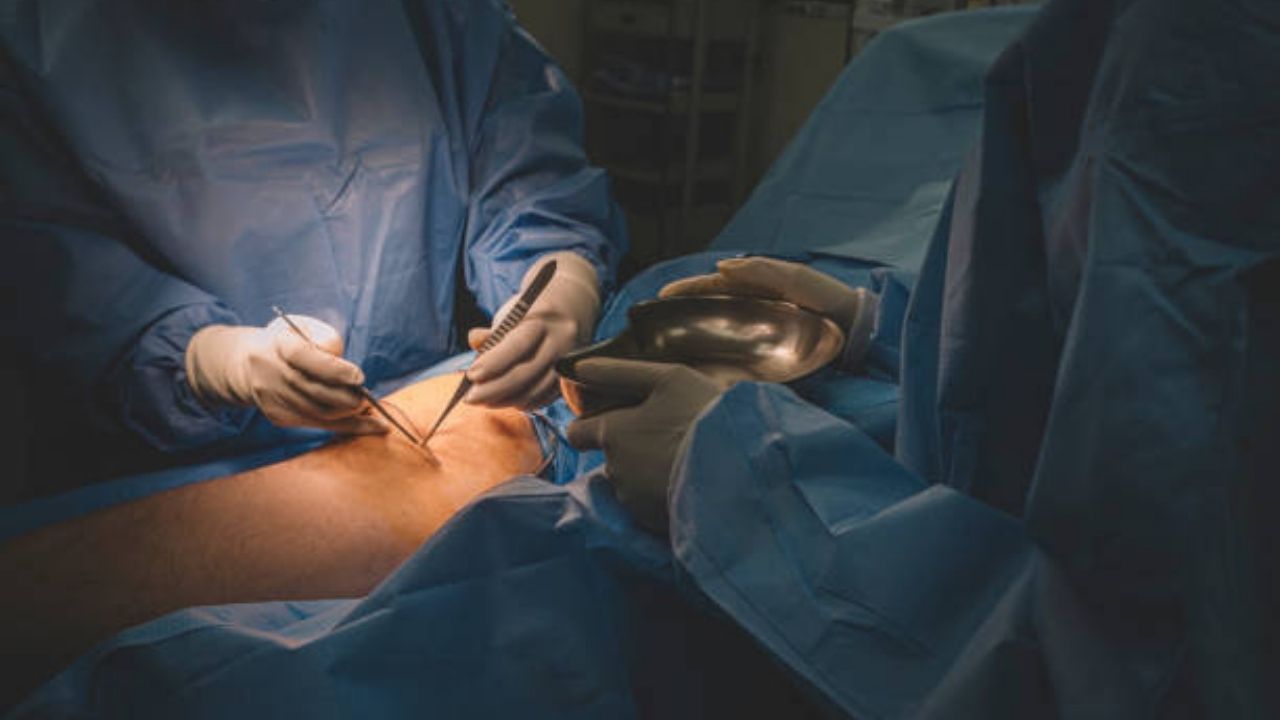
- Operation
Today, traditional surgery is rarely prescribed and for certain indications. First of all, this is due to the fact that the removal of the vein (remove varicose veins) itself is accompanied by significant trauma, the possible appearance of hematomas, a long postoperative period and a long pain syndrome. - Conservative treatment
Depending on the stage and severity of the venous disease, one or another type of treatment is selected. Methods of conservative treatment are required at any stage of the disease – as an additional therapy or as the main one, depending on the degree of damage to the blood vessels. The methods of conservative treatment include physiotherapy, compression treatment of varicose veins and drug treatment of varicose veins of the lower extremities.
2.1. Physiotherapy
This method consists in carrying out pressotherapy. This procedure is aimed at removing excess fluid from the lower extremities, formed against the background of chronic venous insufficiency and initial venous edema.
Like any other conservative method, physiotherapy does not imply the elimination of affected vessels and their areas, it reduces the manifestation of varicose veins. With the help of physiotherapy, venous and lymphatic outflows improve, microcirculation improves, discomfort in the lower extremities, such as pain and cramps in the calf muscles, disappear.
2.2. Compression treatment of varicose veins
Compression therapy is used to apply pressure on superficial and deep veins. The fastest outflow of blood occurs at the very bottom, in the legs – the veins are narrowed there, and the outflow of blood is the fastest. External pressure helps the outflow of blood and, as a result, the efficiency of the valves increases.
Compression treatment is used without fail as an additional therapy for all modern methods of treatment, less often as the main method of treatment (in cases of the very initial stage of the disease and for its prevention).
Compression underwear helps relieve symptoms of varicose veins, such as swelling, fatigue of the lower extremities, and a feeling of heaviness.
2.3 Drug treatment of varicose veins of the lower extremities
Drug therapy involves taking medications that can improve the structure and function of the venous walls. However, the veins will remain tortuous and dilated, with the help of medicines, creams and ointments, it is impossible to completely cure varicose veins. The increased tone of the venous walls with the help of medications is not able to correct the malfunctioning of the valves. Medications (venotonics), ointments, creams reduce swelling and pain symptoms, and they are also prescribed for the prevention of thrombosis and the healing of trophic disorders.
With the help of conservative treatment, it is impossible to prevent the further development of venous disease and cure the patient. - Modern technologies and methods of treatment of varicose veins of the lower extremities
Today, medicine has stepped far forward, traditional operations remain far in the past, they have been replaced by modern methods of treating varicose veins without surgical intervention. These include gentle methods such as radiofrequency vein ablation, sclerotherapy, phlebectomy, and laser treatment for varicose veins.
3.1 Radiofrequency vein ablation (RFA veins)
This is a modern technology and one of the most effective ways to treat varicose veins of the lower extremities. RFA has great advantages over any other treatment for varicose veins. The procedure is a modern alternative to traditional surgery and is performed under local anesthesia. The essence of the method is the introduction of a special conductor into the affected vein that generates thermal radiation. With the help of radiofrequency radiation, a thermal effect occurs on the walls of the affected area of the vein; the structure of the damaged vessel is destroyed, the vein is excluded from the general blood flow system. The operation lasts from 30 to 60 minutes and does not require hospitalization.
The procedure is absolutely safe for the patient and most effective. Important advantages of this method are the exclusion of incisions (the operation involves a small puncture) and the fastest possible recovery after the procedure – after 15-20 minutes the patient can go home.
3.2 Sclerotherapy
This method involves the treatment of varicose veins of the lower extremities by gluing the walls of blood vessels, in other words, closing the vein. A drug is injected into the lumen of the vein in foam or liquid form, which sticks together the vein. This method does not require violations of the skin and is almost painless. The procedure lasts about 30 minutes, and after that, compression therapy is mandatory – compression underwear or bandages help the process of gluing the veins.
With the help of sclerotherapy, both capillary networks and large veins are removed; This method eliminates postoperative scars and defects.
3.3 Phlebectomy
The method involves the removal of the modified vein. Phlebectomy is used in cases where the disease has gone beyond the initial stages, is severe, and other methods become ineffective.
The procedure is carried out through small incisions of a few millimeters, lasts about two hours; hospitalization of the patient for 1-2 days is meant. Further compression therapy is also required.
3.4 Laser treatment of varicose veins of the lower extremities (ELVK)
The method of endovasal laser coagulation (EVLK) is one of the most common methods of treating varicose veins and involves the thermal effect of a laser beam on the walls of the vein. A light guide inserted into the vein acts on it with a laser beam, as a result, the venous vessel is glued together.
The procedure does not require general anesthesia and lasts about 40-60 minutes. Further compression therapy is required.
The method of treatment of varicose veins is determined by the doctor, who first conducts all the necessary studies and, on their basis, selects the most preferred method of treating the disease.
Prevention of varicose veins of the lower extremities
The most important prevention of varicose veins is a healthy lifestyle and proper organization of work and rest.
Doctor’s advice on the prevention of varicose veins:
- exclude frequent and constant loads on the lower extremities
- proper nutrition (avoid fatty, fried, salty foods)
- periodic rest with legs raised at an angle of 20 degrees
- control of body weight
- do physical exercises
- eliminate bad habits (alcohol, smoking)
Also, the prevention of varicose diseases includes hardening, swimming, as well as massage of the feet and lower extremities.
What is the main cause of varicose veins?
The main causes of varicose veins include being female, being older, pregnancy, long periods of standing, obesity, genetics, smoking, and being inactive.
